How to Read a Soil Test Part III – Building the Amendment Mix
In Part 1 I introduced Steve Solomon’s The Intelligent Gardener and explained how to fill out Page 1 of the Acid Soil Worksheet. Here’s the link: https://steemit.com/gardening/@goldenoakfarm/reading-a-soil-test-part-1
In Part 2 the garden was measured and the amount of amendments calculated for that space was done on Page 2 of the Worksheet. Here’s the link: https://steemit.com/gardening/@goldenoakfarm/how-to-read-a-soil-test-part-ii
In this post, Part 3, I will show what each nutrient looks like, I will list suppliers of needed amendments and I will go over measuring and mixing the amendment safely. I will also cover applying the amendment.
I use this chart when I do the actual mixes. I make one for each soil test.
I have analog scales so I convert the amounts to lbs and ozs and enter them. In the notes column I mark down exactly what amendment I used for this nutrient this year and what the digital amount from the worksheet was.
Example:
From the Part II post we determined: Sulfur came in at 2.13 lbs. The bonemeal added .58#, so .58 needs to be subtracted from the 2.13 leaving 1.55 lbs for the mix.
Checking my chart .55 = 8.8 oz. so I’d put down 1 lb and 9 oz as my scale isn’t that delicate.
If you use the decimal system, then my mixing chart would need altered for that.
Carefully enter all the ingredients. When you get to the bottom you will notice 4 ingredients not included on the Acid Soil Worksheet: Molasses, Bio-Genesis, Mycorrhizae, and Humates.
Molasses: The molasses provides a sugar substance to feed the biology in the soil. Too much can be toxic. Any sugar source can be used. I use about 2 lbs for 1080 sq. ft.
Bio-Genesis (now Bio-Gold) and Mycorrhizae:
Bio-Genesis (now Bio-Gold) and Mycorrhizae are the biology needed for good plant health. This becomes very important if you are one who tills or turns the soil each year. Disturbing the soil 2” below soil level wipes out the colonies of life the plants need to be able to take up needed nutrients. Adding them back in is a good precaution to make sure they are there. One oz. lasts me for 2 years.
Humates: Menefee humates, leonardite
Fertrell describes humates:
“Humates have a unique fresh water carbon matrix incorporating a high concentration of organic acids, specifically humic and fulvic acids, which improves the plants ability to take in vital nutrients.”
Dan Kittredge of BFA has told me that you can NEVER have too many humates. So I used a lavish hand for several years when spreading it on the vegetable gardens. I used about (7) 50# bags on 8% of an acre each year.
Finding Amendments
The macro nutrients like calcium, phosphorus, and potassium are easily found at garden centers or feed stores. Before purchasing, if you are organically certified, check with your certifier to make sure the amendment is allowed in your circumstance.
You will be looking mostly for the flour or powder forms. The finer the grind, the better the uptake from the soil.
Other sources include:
BFA Mineral Depot
http://bionutrient.org/site/minerals/MineralDescriptions.html
Fertrell https://www.fertrell.com/
International Ag Labs https://www.aglabs.com/
Lancaster Agricultural Products http://www.lancasterag.com/SOIL-NUTRIENTS/folder/141
Organic Growers Supply, a division of Fedco https://www.fedcoseeds.com/ogs/
Here in New England groups like NOFA offer Bulk Orders for amendments. If you need a large amount, like a pallet’s worth, this might be a good deal. https://www.nofamass.org/bulk-order-program
The Macro-Nutrients
Calcium (Ca): ag lime 38%, dolomitic lime 22%, gypsum 20%, oystershell flour 36%, aragonite 37%
Magnesium (Mg): Epsom salts 10%, Sul-Po-Mag 11%, dolomitic lime 11%, K-Mag 11%, langbeinite 12%
Potassium (K): Sulfate of Potash 50%, K-Mag 18%, langbeinite 15%, granite meal 5%. Greensand has 6% but half of it is insoluable. Wood ash is another source but the available potash will vary.
Phosphorus (P): bonemeal 13%, calphos 9%
Sulfur (S): gypsum 17%, agricultural sulfur 90%, K-Mag 22%, langbeinite 23%
Sodium (Na): sea salt 35%
The Micro-Nutrients
Some micros can be found simply, like 20 Mule Team Borax. Others it’s much harder. The thing to check is to make sure what you are buying is rated for agricultural use or food use. Before purchasing, if you are organically certified, check with your certifier to make sure the amendment is allowed in your circumstance.
Again, the finer the powder grind the better uptake from the soil.
Here are some suppliers I’ve found:
Alpha Chemicals for copper sulfate and sodium molybdate http://www.alphachemicals.com/
Castle Valley Farms for cobalt sulfate http://www.castlevalleyfarms.com/
General Hydroponics for Armor Si https://generalhydroponics.com/armor-si/
North Country Organics for zinc sulfate http://norganics.com/
Progressive Growers for sulfate of potash, aragonite http://progressivegrower.com/
Boron (B): Borax 11%
Manganese (Mn): manganese sulfate 32%
Copper (Cu): copper sulfate 25%
Zinc (Zn): zinc sulfate 35%
Cobalt (Co): cobalt sulfate 27%
Molybdenum (Mo): sodium molybdenate 39%
Selenium (Se): sodium selenate 6%
Silicon (Si): Planters II 14%, Armor Si 10% - 30% depending on dilution
Nitrogen (N): bloodmeal 13%, feathermeal 12%, fishmeal 10%
Kelp: various trace elements
Azomite: contains 67 trace minerals: http://www.norganics.com/applications/azomite_coa.pdf
Mixing the Custom Mix
So, now you’ve located sources of nutrients and brought them in. Your chart is complete and double checked. It’s now time to measure and mix your custom mix.
WARNING!
First and foremost, be very aware that while these amendments are good for the soil in small or tiny amounts, they are concentrated. If they get absorbed by the skin, they could be toxic. Wear long sleeved shirts and pants. Wear shoes or boots and a hat. Use gloves and a face mask, these are DUSTY!
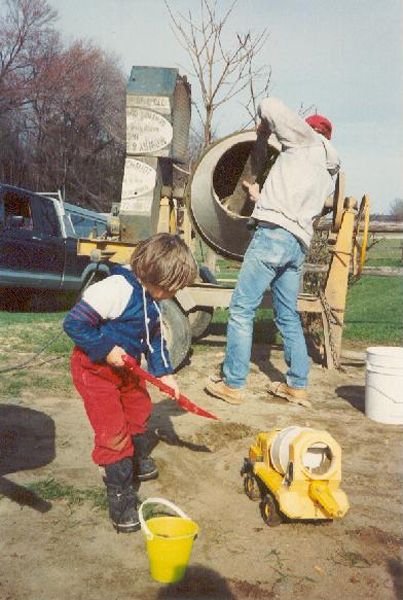
Building the swingset 25 years ago…
Ideally what is needed to mix these is a small cement mixer. But I seem to lack one of those, except the one my son is using, so I resort to a few totes.
I use these for everything: sifting compost and wood ash, harvesting, weeding, moving mulch, raking leaves, etc. I have 10 of them and we use about 8 to mix up my 3 mixes each year.
For my large garden this year, the mix will weigh about 155 lbs. I do not mix the humates in, but all the other ingredients are added. So we break it into 3 parts, mix them well by pouring slowly from one tote to another several times, and then start mixing the parts together. DON’T do this on a windy day!! In the end it will fill 2 totes that will be placed in the dry place where they are to be stored. These totes are sturdy but that’s a lot of weight for them to carry.
Once you’ve finished the mixing, it would be a good idea to shower and change clothes.
Applying the Amendment Mix
Ideally you want to cover the entire area that was used for the calculations with an even coating. If you don’t use mulch, and usually prep the entire area before planting anything, this will be easy to do.
I use mulch, deep mulch. To plant I move all the mulch off from where I want to plant, all the way to the next row on both sides. I then put down an even coating of the mix, working both sides all the way to the next row. I use a low 1 cup dish and for my 36’ rows will put down around 10 cups +/-. Then I put down a couple 1 gallon buckets full of humates, and using my broadfork, loosen the soil gently. Then I use a hand garden fork and scratch the upper 2” of soil to work the mix in. Then I plant and put the mulch back, allowing a 4” diameter area around each plant or seed that sits 8” or more apart. If it’s a row, say of peas, then I allow 2” each side of the row to be un-mulched.
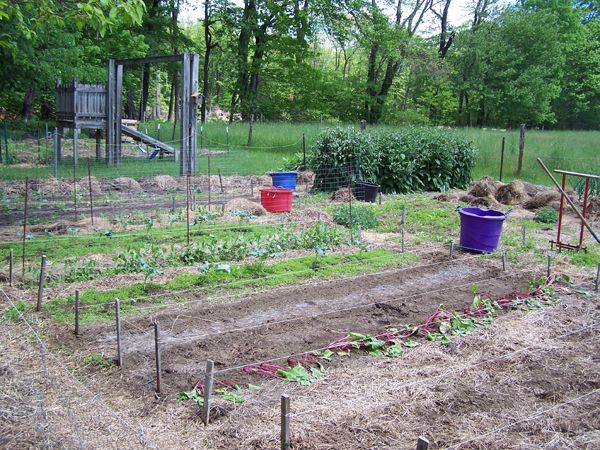
The green to the left of the purple tote is clover cover crop, in lieu of mulch. Note coating of mix in front of purple tote.
Again, it’s a good idea to wash as soon as you have finished, and to wear long clothes.
As you can not apply all you might need of the micros in one year due to toxicity issues, it will be a few years before you will see really good results, if your soil is as worn out as mine was. But each year you will see tiny results, better hardiness to drought, or maybe a reduced pest problem. If you persevere, in the end your garden will reward you with large, healthy plants, a robust soil biology, and increased production.
I started in 2011 and I am now seeing obvious improvement each year. It was 4 years ago I stopped using row cover on lots of plants. Last year I harvested 125# of carrots for the first time ever. Previously I had an awful time growing carrots. Each year the flavor and color of the plants is deeper, an excellent sign of improved nutrition.
References:
Fertrell: https://www.fertrell.com/menefee-humates
John Kempf: https://www.advancingecoag.com/aea-blog
Bionutrient Food Association: http://bionutrient.org/site/bionutrient-rich-food/bionutrient-rich-food-health
Jerry Brunetti on Soil, Plant, and Animal Part 1 of 4:
Jerry Brunetti: https://www.nofamass.org/audio/farm-farmacy
Steve Solomon, The Intelligent Gardener

Community Forums
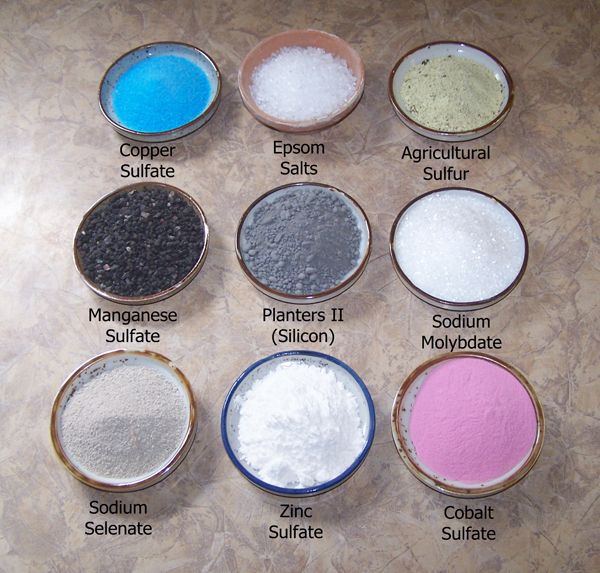
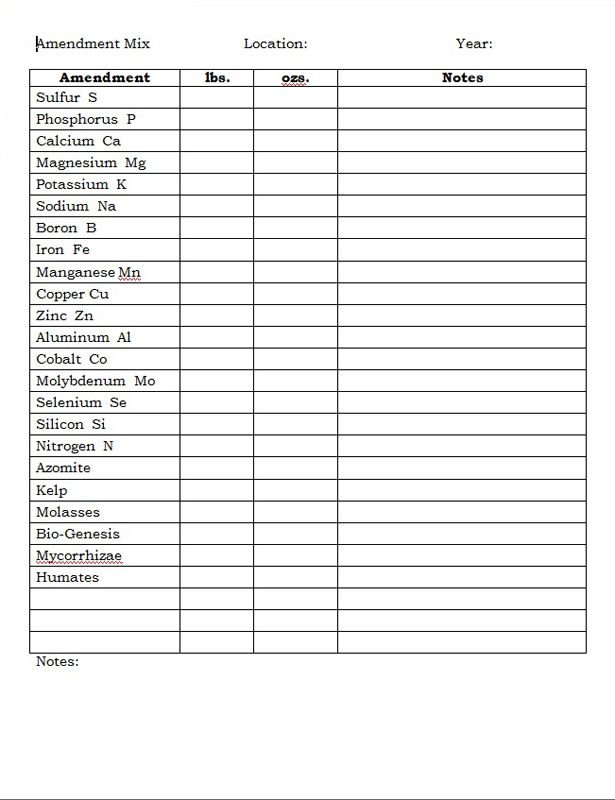
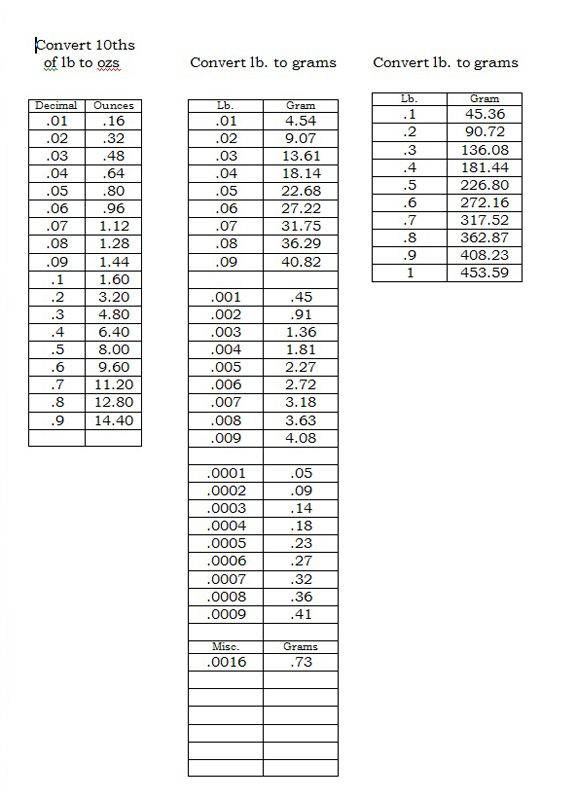
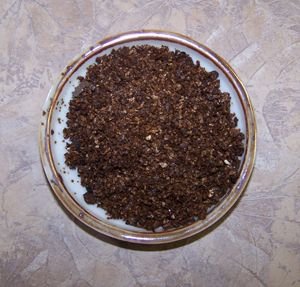
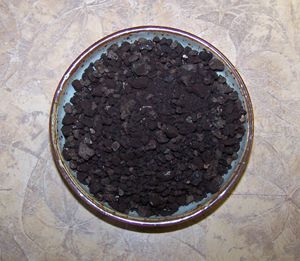
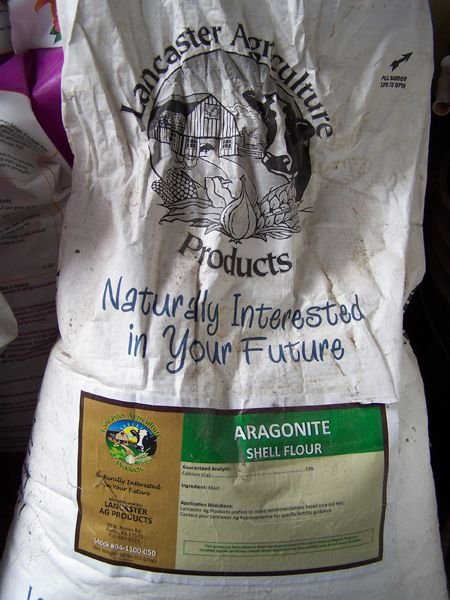
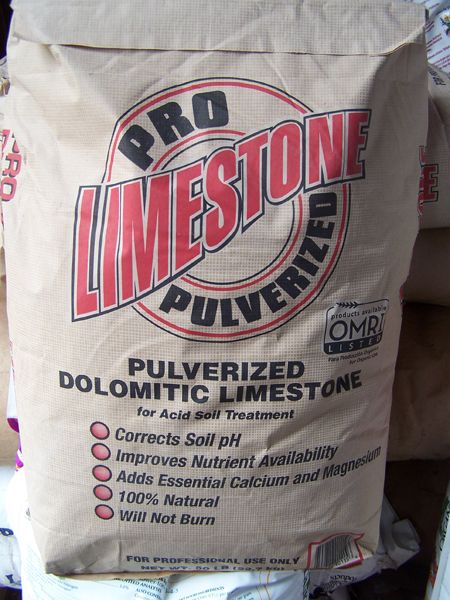
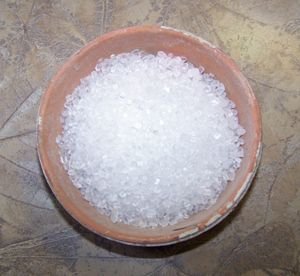
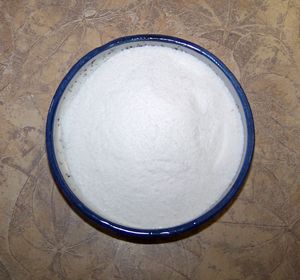
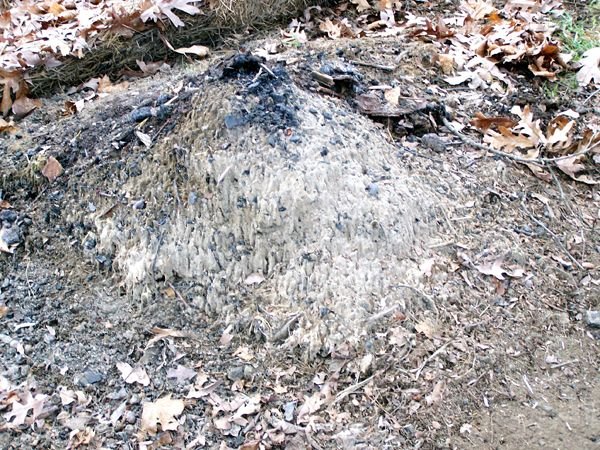
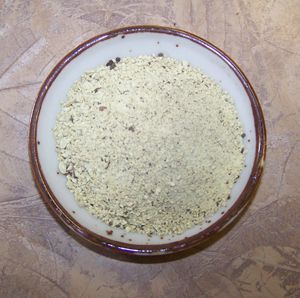
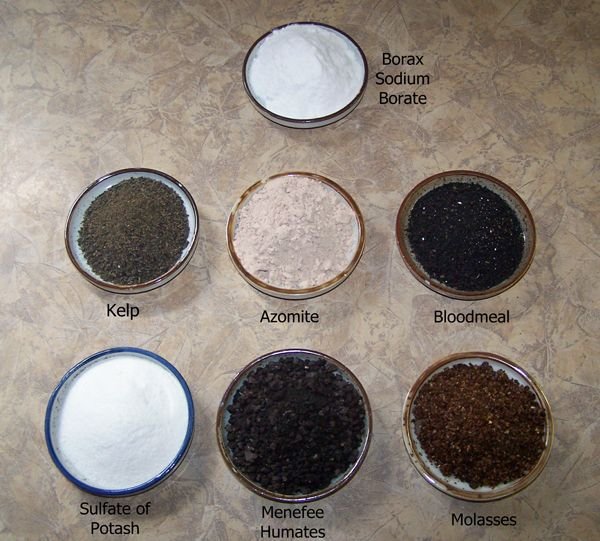
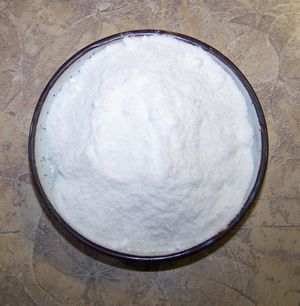
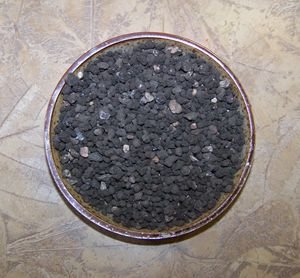
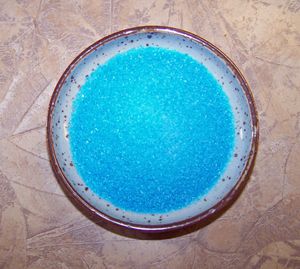
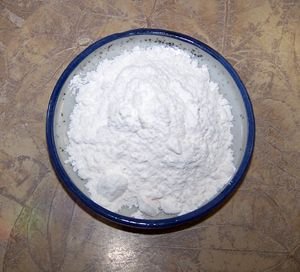
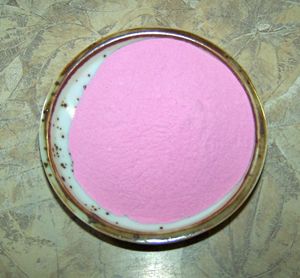
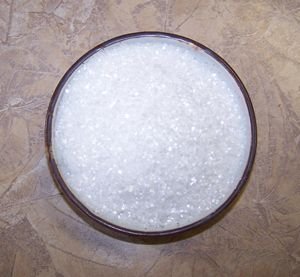
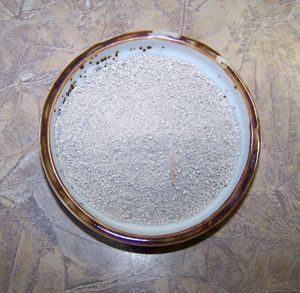
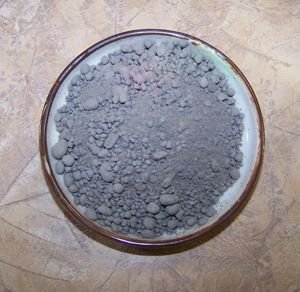
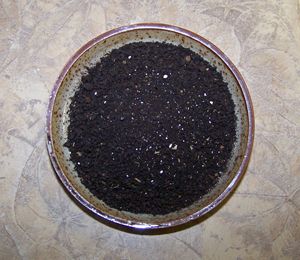
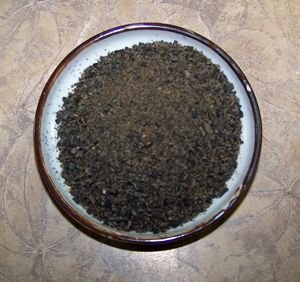
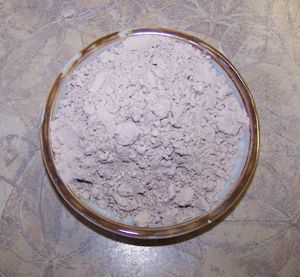
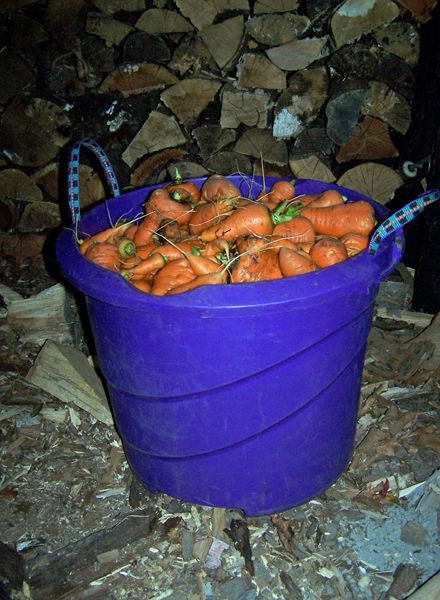
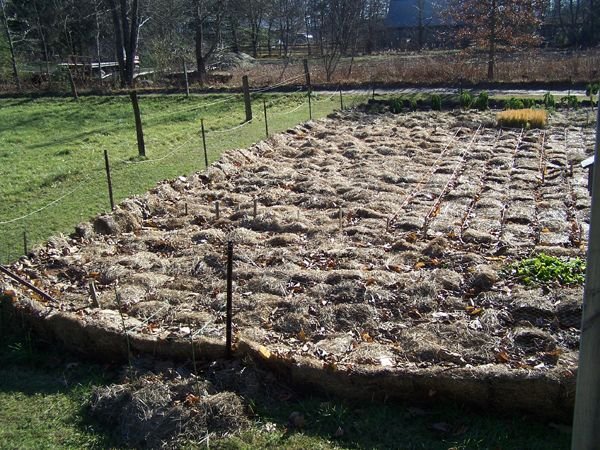
We loved your amazing content so much we featured it in a curation report to help you get more of an audience. We will be paying you for your content from the post payout. You can find the article here
https://steemit.com/helpie/@helpie/helpie-s-homesteading-curation-report-5-by-helpie-curator-llfarms
Thank you!
Thank you! What a lovely write-up! You make me sound so good! LOL I love sharing what I've learned, so it's a labor of love. :)
Oh my word. I am sure all this awesome information you put together for us was probably more work than amending your soil. I am quite confused but think I can go back thru and while using your papers and making notes start down a good path. Well, that is, after I get the soil tested. Thank you for taking time to put all of this together.
And if you have questions, just ask. I will answer if I know!
Follow me follow you 🔝🔝🔝
Congratulations! This post has been added to our growing directory of Steemit "how to" posts for the Homesteading/Survival/Foraging/Prepper communities. If you haven't done so already, you can claim your badge along with the code to add to your posts to let the world know you have chosen to help others Survive, Thrive and be Prepared! Click here to get the code